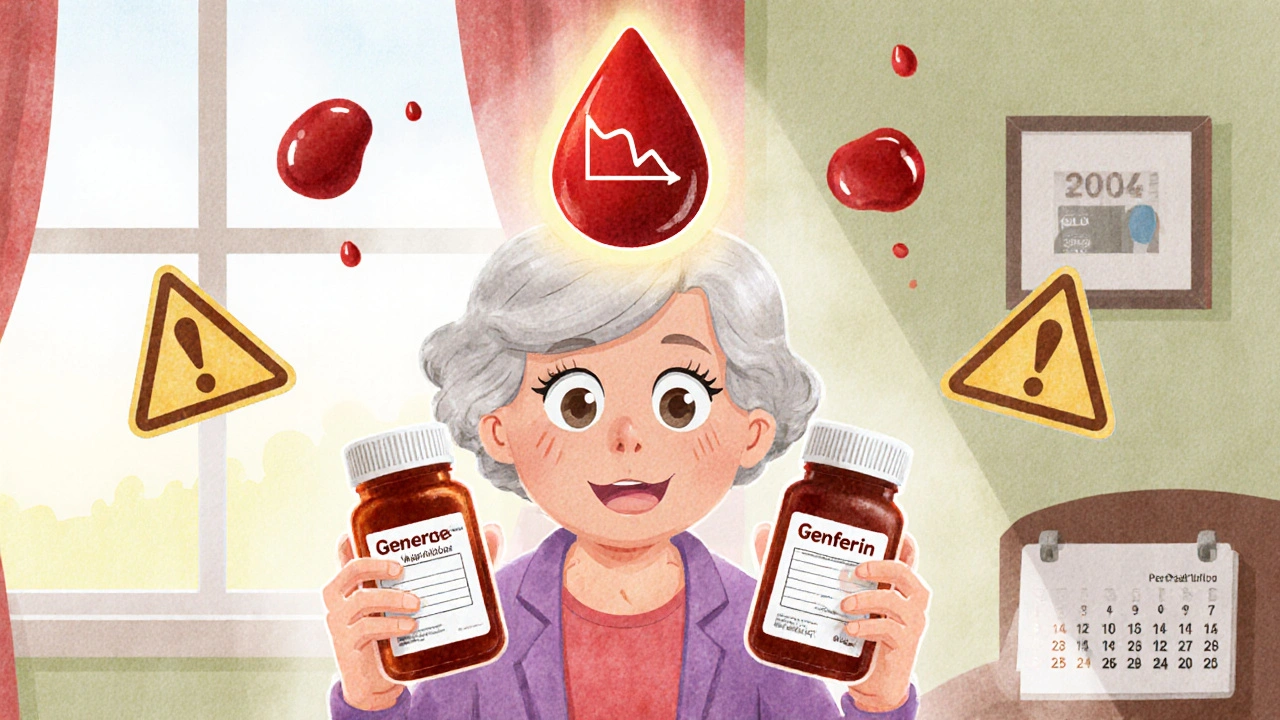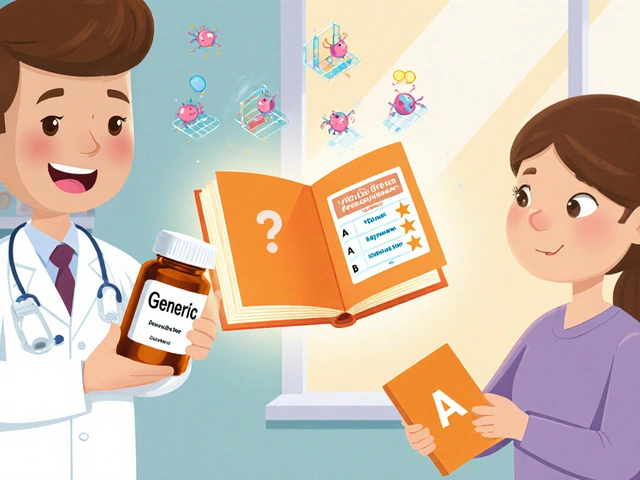Drug Safety: Protect Yourself from Dangerous Interactions and Side Effects
When you take a medication, drug safety, the practice of using medications in a way that minimizes harm and maximizes benefit. Also known as medication safety, it’s not just about following the label—it’s about understanding what your body is really dealing with. Every pill, injection, or patch carries risks, and those risks don’t disappear just because a drug is approved. Some interactions sneak up on you—like grapefruit turning your cholesterol pill into a muscle-damaging hazard. Others are hidden in plain sight, like taking metoclopramide for nausea and unknowingly risking permanent movement disorders. Drug safety isn’t about fear. It’s about awareness.
One major piece of this puzzle is generic drugs, medications that contain the same active ingredients as brand-name drugs but are often much cheaper. The FDA uses therapeutic equivalence codes, a system in the Orange Book that tells pharmacists whether a generic can be swapped for a brand without risk. An "A" code means it’s safe to substitute. A "B" code? That’s a red flag—it might work, but not always. If you’re switching from brand to generic, ask your pharmacist what code the drug has. Don’t assume they’re all the same. And don’t ignore emergency medications, life-saving drugs like epinephrine or naloxone that need to be instantly available but kept away from kids and thieves. Storing them in a locked box under the sink? That’s not safety. That’s a delay waiting to happen.
Then there’s the quiet danger of long-term use. Taking methotrexate for arthritis or psoriasis? Without folic acid, you’re asking for mouth sores, liver stress, and nausea—not because the drug is broken, but because your body’s needs aren’t being met. Warfarin users often feel alone, but support groups exist—not to replace your doctor, but to help you survive the anxiety of constant blood tests. And if you’re on a GLP-1 agonist like Ozempic, nausea isn’t just "annoying," it’s a sign your body is adjusting. Knowing when to push through and when to call your doctor makes all the difference.
Drug safety isn’t something you check off once. It’s a habit. It’s reading the fine print on your statin label before biting into that grapefruit. It’s asking if your blood pressure combo includes verapamil—because mixing it with beta-blockers can slow your heart dangerously. It’s knowing that kombucha, even the "non-alcoholic" kind, might interfere with your meds. It’s realizing that a cheap online pill might look identical to the one your doctor prescribed, but without the same quality control.
Below, you’ll find real, practical guides written by people who’ve been there—how to store naloxone so it’s ready when seconds count, why some generics are safer than others, how to spot the first signs of movement disorders from metoclopramide, and what to do when your body reacts to a drug you thought was harmless. These aren’t theoretical warnings. They’re lived experiences turned into clear steps. Read them. Use them. Your next dose could depend on it.




